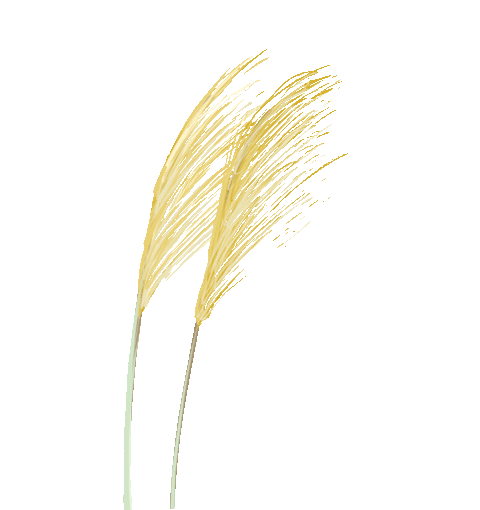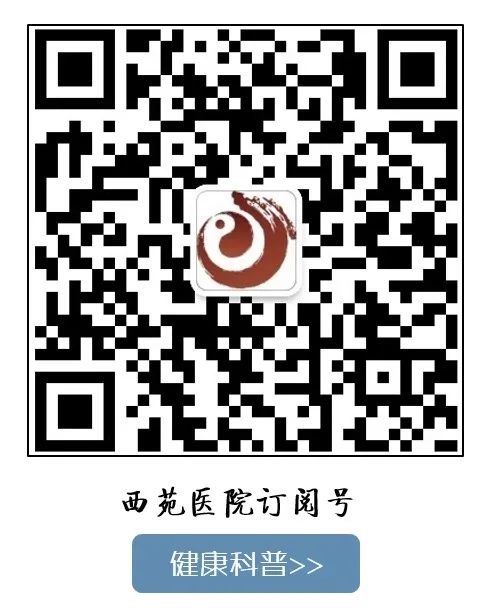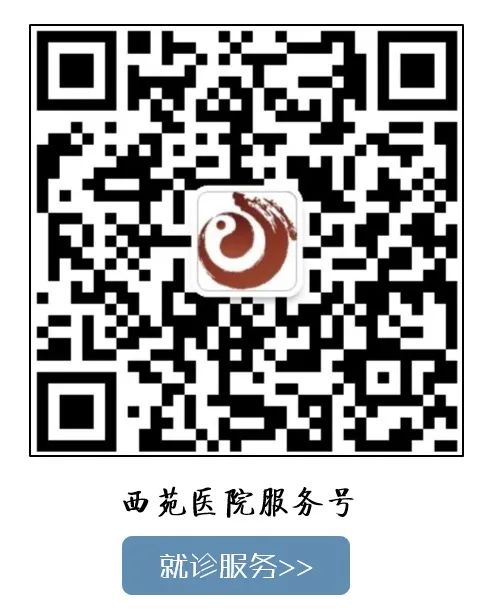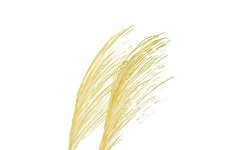“
Follow us / Learn more
”
Note: The formulas mentioned in this article are for the study of professionals and are not intended for self-diagnosis and treatment by non-professionals.
The relationship between the organs (zang) and the bowels (fu) is one of mutual correspondence, which is one of the basic contents of the theory of organ representation. However, after understanding some anatomical and physiological knowledge, the relationships of the liver with the gallbladder, spleen with the stomach, and kidneys with the bladder seem to be comprehensible. But the relationship between the lungs and the large intestine, as well as the heart and the small intestine, is difficult to understand. We can only explain it according to the established theories of Yin-Yang and the Five Elements, as well as the relationships of the meridians and organs in the theory of meridian pathways. However, these explanations are theoretical and not practically applicable.
Nevertheless, as a physician in the north, I encounter patients with cough and asthma almost every day. In the process of differentiation, I always have to deal with phlegm, although the lungs are the storage organ for phlegm, and the spleen is the source of phlegm production, treating chronic patients is quite challenging. Often, I only achieve temporary effects that cannot be consolidated. Over time, I gradually realized that identifying the location of phlegm in cough and asthma is crucial, as it directly relates to the treatment plan, formula selection, and medication. Phlegm located superficially in the throat causes itching, with audible phlegm sounds; phlegm located in the middle part of the chest leads to chest tightness, making it easy to inhale but difficult to exhale; phlegm located in the lower part, above and below the diaphragm, causes shoulder elevation during wheezing, making it difficult to cough out. Of course, it is also essential to distinguish between cold and heat, deficiency and excess. Cold phlegm condenses in the chest and diaphragm, and if not cured for a long time, it often affects kidney Yang deficiency, leading to difficulty in inhalation; phlegm that has been present for a long time transforms into heat and becomes thick and sticky, often causing the lungs to lose their ability to descend and expel; if spleen Yang is not vigorous, phlegm dampness cannot be transformed, which must also be accompanied by a deficiency of middle Qi; lung Qi losing its ability to disperse, with phlegm dampness residing beneath the heart is also not uncommon. However, regardless of the syndrome, cough and asthma ultimately stem from the lungs. In treatment, considering the spleen and kidneys is a common principle, but if phlegm is not eliminated, it is indeed difficult to treat from the kidneys.At the beginning of my practice, I encountered patients with heat asthma who also had constipation, and I used phlegm-transforming and asthma-relieving formulas, along with heat-clearing and cough-stopping agents, occasionally adding products to moisten the intestines, which yielded rapid results. In asthma patients without constipation, adding products to moisten the intestines also had good effects, but mostly in cases of excess heat syndrome. Later, I also treated patients with cough and asthma due to cold phlegm accumulation, using warming methods to transform cold phlegm and promote bowel movements, which quickly relieved asthma, and the rapid elimination of phlegm was quite encouraging.Thus, I realized that “the lung and large intestine are mutually corresponding”, is not a mere theoretical construct. For a long time, I have treated cough and asthma based on this principle, even changing products for intestinal moistening to drastic purgatives, curing hundreds of patients. Here is an example:
Patient Zhang, female, 24 years old. At the age of 3, she suffered from “pneumonia”, and after recovery, she had persistent cough and asthma, which did not improve despite long-term treatment, gradually developing into asthma that was mild in winter and severe in summer. Western medicine diagnosed it as “allergic asthma”, and she had also undergone desensitization treatment at a capital hospital. In the summer of 1980, her condition worsened significantly, and she was urgently sent to the hospital for rescue, requesting TCM participation in treatment. Upon examination, she was found kneeling on the bed, with her buttocks elevated and head lowered, her face was cyanotic, eyelids swollen, and she was gasping for breath with phlegm sounds in her throat. Her pulse was slippery, rapid, and strong, and her tongue coating was yellow and greasy, with a red tip and body, and she had no appetite, having not had a bowel movement for nearly2 days. The diagnosis was phlegm-heat obstructing the chest, causing the lungs to lose their ability to disperse and leading to wheezing. I prescribed Dingchuan Decoction (定喘汤) with gypsum (Shigao, 石膏), rhubarb (Dahuang, 大黄), and magnolia bark (Houpian, 厚朴), to promote lung Qi, stop cough, and relieve asthma, while also promoting bowel movements and clearing heat to eliminate phlegm. After quick decoction and administration, within about 2 hours after the first dose, her wheezing lightened, and phlegm was easily expelled. After 4 hours, she took the second decoction, and her wheezing improved, and she had a bowel movement, stopping the use of Western medicine the next morning. She was hospitalized for two months and continued taking TCM, with her condition stabilizing. The following summer, she did not have a recurrence despite the heat.
Patients with hematuria are quite common. Generally, they are often diagnosed as damp-heat descending, treated from the kidneys and bladder with formulas like Ba Zheng San (八正散) and Xiao Ji Yin Zi (小蓟饮子), which often yield rapid effects in acute cases. However, there are also some patients who are difficult to cure after prolonged treatment, with symptoms that come and go. Therefore, after thorough research of various texts, combined with practical experience, and careful observation, I realized that the conditions of hematuria, blood lin syndrome, and red turbidity syndrome have historically been confused. From the analysis of pathogenesis, hematuria presents as stiffness in the lumbar region, and in severe cases, there may be hidden pain, without symptoms of frequent urination, urgency, or painful urination, although it is caused by damp-heat, it should be primarily treated as dampness, often due to spleen and kidney Yang deficiency, leading to poor Qi transformation in the Sanjiao, hence it is more common in chronic deficiency syndromes. Blood lin syndrome presents as burning pain in the urethra, frequent urination, urgency, burning pain or distension in the lower abdomen, and sometimes a feeling of heaviness, with difficult urination, also caused by damp-heat, but with heat being the primary factor, often attributed to the lungs and bladder, more common in acute excess syndromes. Red turbidity syndrome presents as red and turbid urine, with no pain or only mild pain in the urethra, with a heavy sensation and no frequent urination or urgency, also caused by damp-heat, and should be considered as equal parts damp and heat, often due to damp phlegm flowing down, attributed to the heart and spleen, hence more common in chronic deficiency-heat syndromes. Therefore, for those who overthink, the deficiency fire descends to the small intestine, which is responsible for separating the clear from the turbid and passing it to the front yin, now due to heat moving here, it is difficult to distinguish between clear and turbid, resulting in red and turbid urine. Those who suffer from this condition for a long time often belong to the red turbidity syndrome. Therefore, we should treat the heart and small intestine as mutually corresponding, clearing heart fire from above and promoting the small intestine to drain heat from below, hence the first choice is to modify Qingxin Lianzi Decoction (清心莲子饮) to achieve good results. Here is an example:
Patient Zhang, male, 38 years old. He has had intermittent hematuria for more than half a year, and his condition worsened in the past month, with declining physical strength, and he came for treatment. Western medicine diagnosed him with “left kidney tuberculosis” after various examinations, and he was admitted to the surgical ward in early October 1963. After 18 days, he requested my consultation for conservative treatment for observation. I observed his tongue coating was thin, greasy, and slightly yellow, with a red tip and body. His pulse was slippery and slightly rapid. He reported stiffness and discomfort in the lumbar region, with hematuria but no frequent urination, urgency, or painful urination. Initially, I used Xiao Ji Yin Zi with added rhizome of reed (Maogen, 茅根) and stonecrop (Shihui, 石韦), but after several doses, there was no effect, so I switched to Qingxin Lianzi Decoction with added lotus seed char (Lianfang tan, 莲房炭), lotus root char (Oujie tan, 藕节炭), and blood residue char (Xueyu tan, 血余炭). After 3 doses, his urine volume gradually increased, and the blood color gradually lightened. After modifying the original formula and taking it for 24 doses, his urine color became clearer, and the blood stopped.Later, I prescribed Jisheng Shenqi Decoction (济生肾气汤) with Schisandra (Wuweizi, 五味子), Ophiopogon (Maidong, 麦冬), and Asparagus (Tiandong, 天冬) for treatment, and he stopped medication after more than 3 months. To this day, he has not had a recurrence for over twenty years.
In summary, the relationship between the lung and large intestine and the heart and small intestine is a summary of ancient practical experience, and is by no means a forced establishment based on the theories of Yin-Yang and the Five Elements. Further understanding reveals that the organ representation theory in TCM does not merely refer to the anatomical organs of today, but primarily refers to functional units.
The Master Physician’s Discourse is one of the series of activities held by the outpatient department of Xiyuan Hospital, aimed at promoting the growth of young TCM practitioners by regularly selecting and publishing discourses from renowned physicians.
This article is excerpted from “Yanshan Medical Discourse”, authored by Chen Zifu; published by Beijing Science and Technology Publishing House, edited by Chen Tongyun.

/
Follow
Us
/


Xiyuan Hospital of CACMS
Xiyuan Hospital of CACMS

